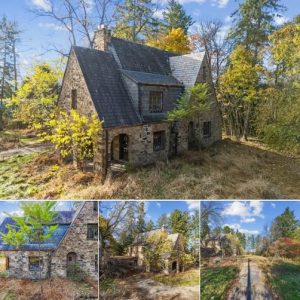In December 2020, a viral social media rumor claimed that five-pointed stars on houses signaled “swinger” activity. The claim stirred curiosity but lacked any factual basis. Originating from a 2007 forum post, the rumor was debunked by several sources, including Distractify and Canadian outlet The Voice. Investigations found no connection between the decorative stars and swinger culture.
These stars, commonly called “barn stars” or “Amish barn stars,” are especially popular in Pennsylvania and areas influenced by Pennsylvania Dutch heritage. Rather than being signals for unconventional relationships, they are tied to German-American traditions. Historically, barn stars symbolized good luck, protection, and personal expression. Their origins trace back to German folk art and the broader tradition of hex signs—decorative motifs believed to hold spiritual or symbolic power.
The Morning Call, a Pennsylvania newspaper, reported that interpretations of barn stars vary. Some people believe different colors represent different values such as hope, prosperity, or love. Over time, the barn star evolved from spiritual iconography into a more widely accepted decorative element symbolizing rustic charm and Americana.
Despite their rich history, barn stars became targets of online misinformation. The unfounded swinger rumor is one of many examples where internet culture distorts traditional symbols for sensationalism. Experts emphasize the importance of viewing such symbols through a culturally informed lens, rather than succumbing to viral myths.
Today, barn stars continue to adorn homes and barns across America as a nod to heritage and folk art. Far from coded messages, they represent community, history, and enduring decorative tradition.





